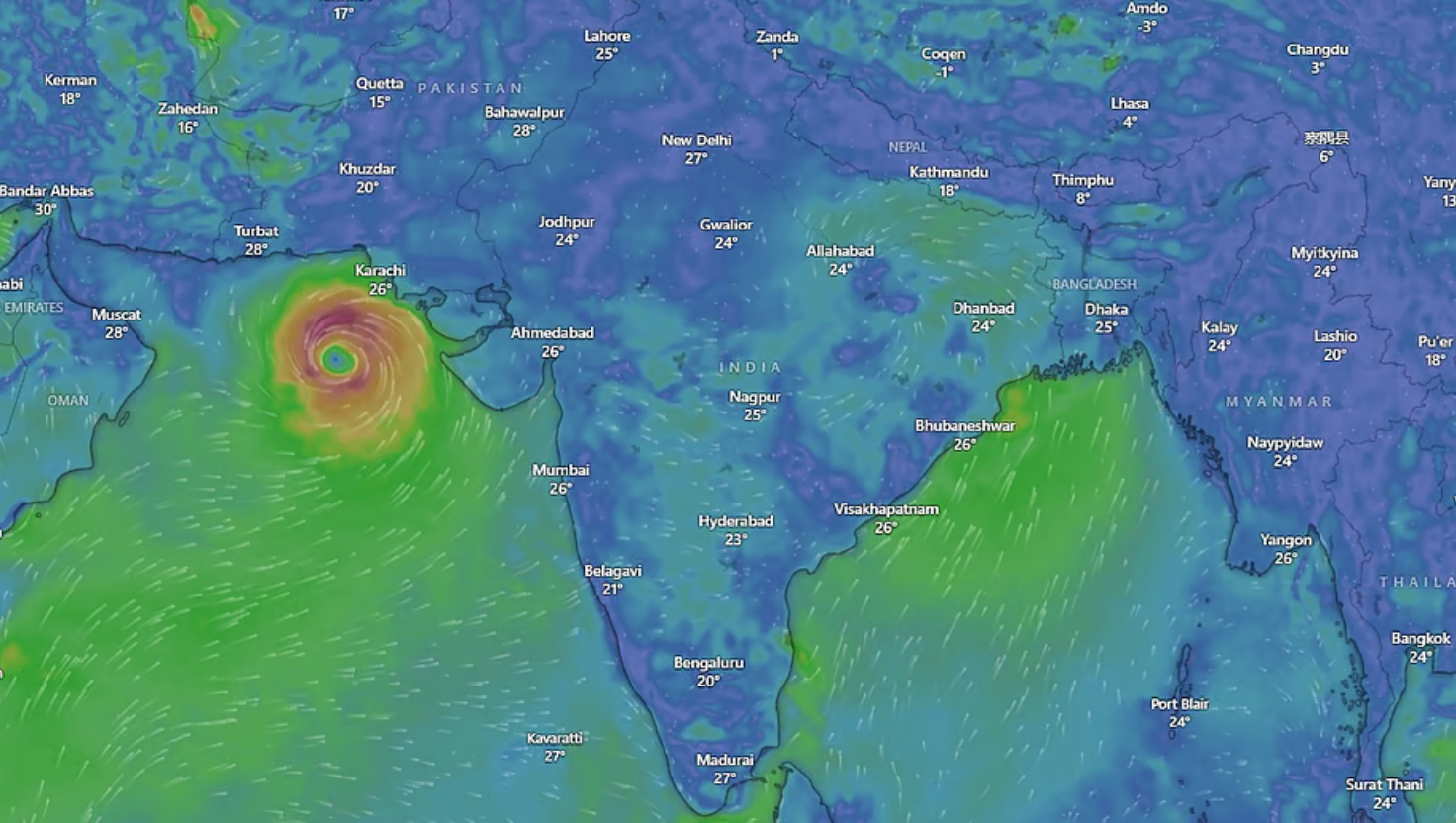Revitalizing India’s MSMEs for Inclusive Growth
Syllabus: Economy & Industry (UPSC GS III) Editorial Analysis
Source: PIB
Introduction
- MSMEs are key growth engines: contribute 30% to GDP, employ 100+ million people, and account for 49% of exports.
- Their combined economic weight rivals some mid-sized economies like Thailand and Sweden.
- Challenges: Credit constraints, low digital adoption, high compliance burdens, and weak market access limit their potential.
Bridging the Financing Gap
- Credit Shortfall: ₹20–25 lakh crore (~7.3% of GDP).
- Low Access: Only 14% of MSMEs get credit (vs. 37% in China, 50% in US).
Way Forward:
- Adopt Germany’s KfW model – state-backed bank to reduce risk and support innovation.
- Expand CGTMSE to cover larger loans and innovative ventures.
- Use fintech + digital platforms (Udyam, GSTN) for alternative credit scoring.
Accelerating Digital Transformation
- Current Status: Only 20% of Indian MSMEs use digital tools (vs. 91% Taiwan, 95% Singapore).
- Barriers: Cost, fragmented ecosystem, skill gaps.
Solutions:
- Set up 100 Digital Transformation Centres in industrial hubs.
- Replicate Singapore’s Go Digital model – subsidies + training.
- Strengthen GeM platform, simplify e-market access and digital payments.
- Foster PPP with IT firms for affordable tech solutions.
Benefits: Increased productivity, efficiency, and competitiveness.
Enhancing Market Access
- Challenges: Low integration into Global Value Chains (GVCs), weak market intelligence.
Strategies:
- Establish Export Development Fund to diversify markets.
- Develop real-time trade intelligence via DGFT portal.
- Use data-driven credit scoring for exporters.
- Revamp Export Promotion Councils for mentorship and quality compliance.
Outcome: Expanded global footprint and higher forex earnings.
Simplifying Compliance & Formalization
- Problems: High regulatory burden, low formalization rates.
Remedies:
- Adopt Brazil’s SIMPLES model – one-window filing and simplified taxes.
- Give a 3-year transition window for growing firms (“missing middle”).
- Improve GST Sahaj + Udyam for seamless compliance.
Impact: Better credit access, higher revenues, and wider government support.
Real-Time Monitoring & Policy Efficiency
- Current Gap: Lack of integrated performance monitoring.
Proposals:
- Launch MSME Dashboard (via Udyam, Sidbi Pulse, Champions).
- Create MSME Transformation Council with AI-driven insights.
- Adopt Taiwan’s SME Index for benchmarking.
Impact: Smarter policies, greater accountability, reduced inefficiencies.
Fiscal Implications & Returns
- Example: Malaysia’s SME plan raised GDP contribution from 32% → 38% in 5 years.
- For India: Higher GDP, more jobs (urban + rural), stronger exports.
- Investment in credit guarantees and digital infrastructure pays off through long-term economic dividends.
Conclusion
- MSMEs are the backbone of inclusive growth.
- Targeted reforms in finance, digitalization, compliance, and market access can transform India’s MSMEs into global leaders in innovation and exports.
- This ensures job-rich, equitable, and sustainable economic development.











